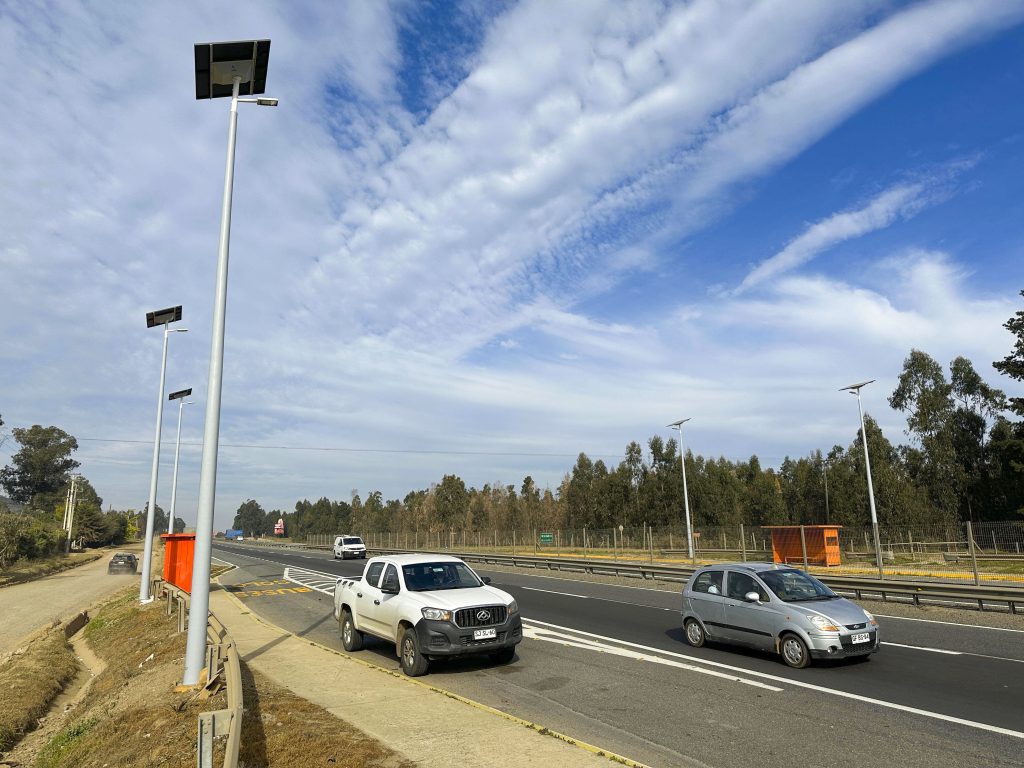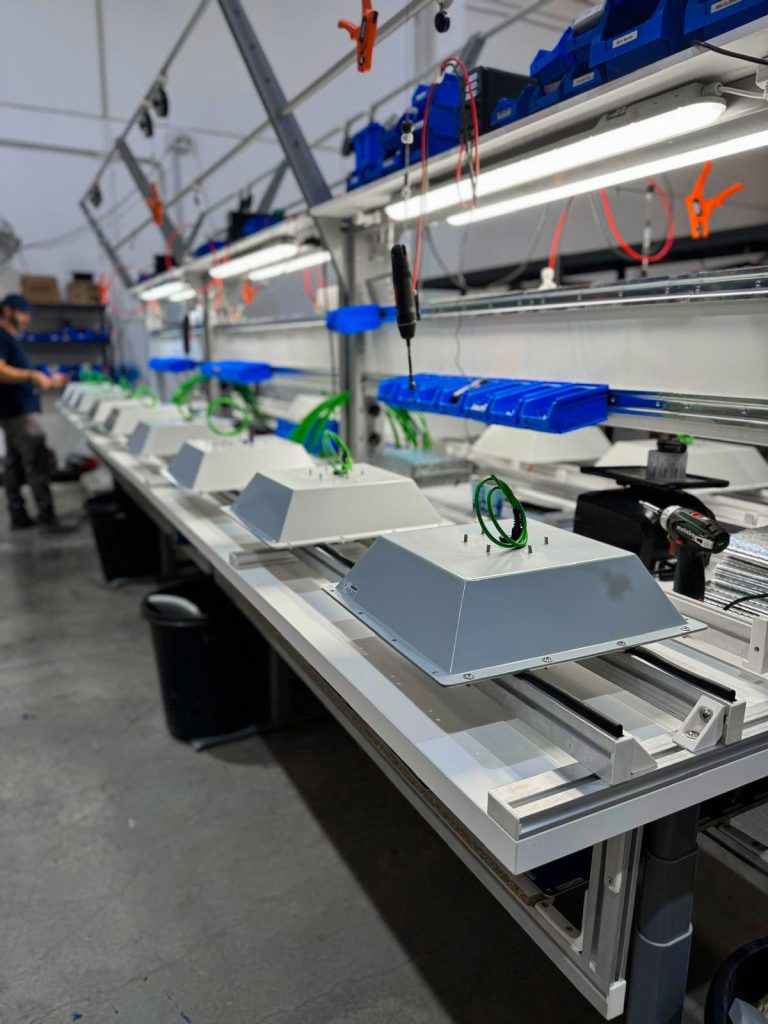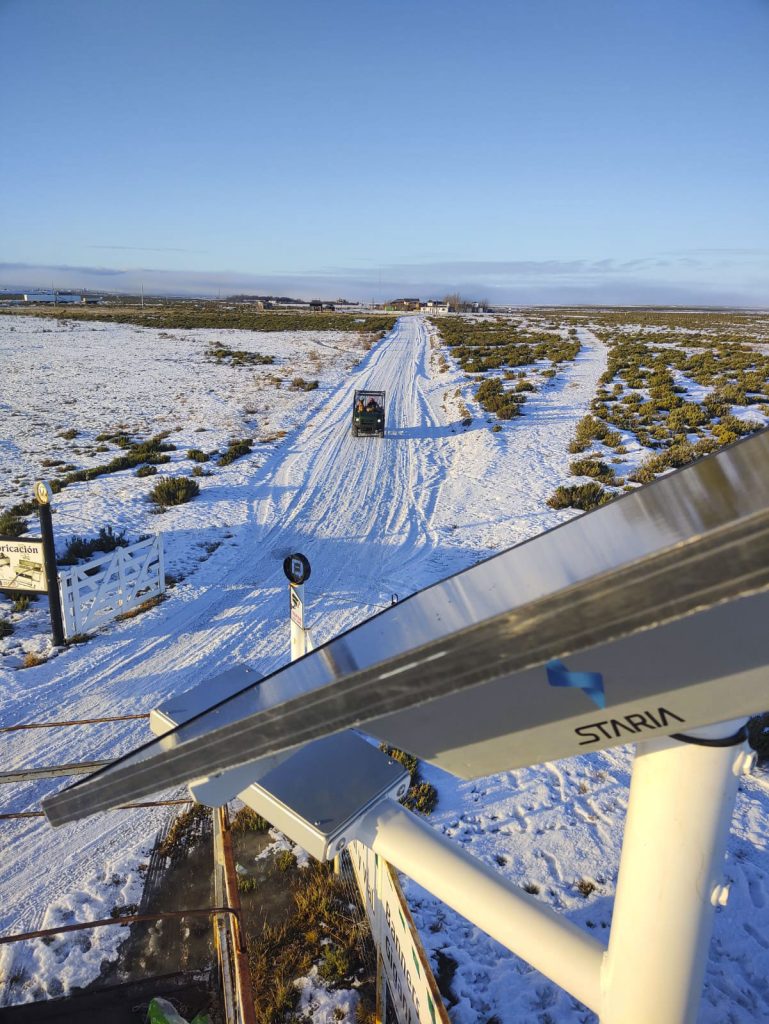Abril, 2024
Not all solar street lights are the same. What makes some efficient, while others aren't enough?
The key lies in details that are not always obvious. Do you want to know what a good solar street lighting luminaire should have? In this post we explain everything you need to know.
Introduction
Solar luminaires have revolutionised street lighting by offering a more sustainable, off-grid solution.
For a solar luminaire to be truly effective in public environments, it must meet certain criteria to ensure constant, safe and economical illumination.
Let's look at the most important elements that make a solar luminaire stand out in the lighting of streets, parks and other public areas.

Energy Efficiency
Energy efficiency is one of the main factors in a solar luminaire. The key to this efficiency lies in the solar panels and components such as LED PCBs. The solar panels must be of high quality to capture as much energy as possible during the day, even in low light conditions.
On the other hand, LED PCBs play another crucial role. They are responsible for converting stored energy into visible light. The more efficient these LEDs are, the higher the amount of luxes generated with the same energy consumption. For example, our LED PCBs have an efficiency of 220 lumens per watt (lm/W). This means that with less energy consumed a higher illumination is obtained, making the luminaires more efficient in street lighting.
Autonomy and Storage
A good solar luminaire must guarantee its autonomy, their ability to operate for several consecutive days, even in adverse conditions such as cloudy, rainy or snowy days. This is achieved through adequate energy storage and collection. High-performance batteries and panels are essential to ensure that the luminaires operate without interruption throughout the year.
The key lays in dimensioning correctly the luminaire according to the location and climatic conditions of the area. A good study that considers solar irradiation during the most critical months is essential to guarantee the autonomy of the solar luminaires.

Durability and Resistance
Solar street lighting luminaires must be extremely durable and robust. These luminaires are often exposed to extreme climateconditions, such as heavy rain, snow, strong wind or extreme heat. Therefore, the materials used for their construction must be able to withstand these conditions without compromising their performance.
High-quality models are made of corrosion-resistant materials, such as aluminium or stainless steel, and use protective coatings to prevent damage from weathering. In addition, luminaires must be waterproof and dustproof (typically with IP65 or higher certification) to ensure optimal performance for years to come.
Smart Technology
Technological progress has allowed solar luminaires not only to provide light, but also to be integrated with intelligent systems.
For example, many solar luminaires include motion sensors that adjust the intensity of the light. This saves energy and improves safety by illuminating only when necessary. In addition, these luminaires can be controlled in a remote manner via mobile applications, allowing you to adjust parameters such as brightness, power on/off, and receive notifications in case of faults.
Solar luminaires can also include IoT modules that collect and send real-time data, such as weather conditions or battery status. This is useful for managing lighting more efficiently. Some can even serve as Wi-Fi repeaters or integrate surveillance cameras to improve security in public areas.
Maintenance and Cost-Benefit
A crucial aspect of solar luminaires is cost-effectiveness. Unlike traditional luminaires that rely on mains electricity, solar luminaires do not require recurring electricity costs. Maintenance is minimal due to the absence of wiring and the simplicity of the autonomous system.
The savings are not only in the long term, but from the moment of installation, solar luminaires are already cheaper.
By eliminating the need for cables, trenching and grid connection, infrastructure costs are reduced. This makes solar lighting a more affordable option, in the short term, especially in rural or remote areas where grid installation is expensive.
Applications
Solar luminaires have a wide range of applications in street lighting. Some of the main ones include:
1. Roads: They provide safety on routes through rural areas or where connection to the grid is difficult or expensive.
2. Housing Developments: They offer an efficient and aesthetic solution for residential areas, improving safety and reducing electricity costs.
3. Parkings: In shopping centres, companies or industrial areas, solar luminaires ensure constant and safe lighting for large parking areas.
4. Rural Areas: In areas where electricity is not available, solar luminaires are an ideal solution to ensure off-grid lighting.
In addition, these luminaires can be used in other applications such as bridges, water purification stations, sports areas and more. Their versatility makes them a viable option for a myriad of uses.

Conclusion
Choosing solar street lighting luminaires involves more than just selecting a light point. It is crucial to consider their energy efficiency, autonomy, durability, smart technology and the cost savings they offer from day one. With today's innovations, solar lighting is not only a greener option, but also a cost-effective and efficient investment for the cities of the future.
